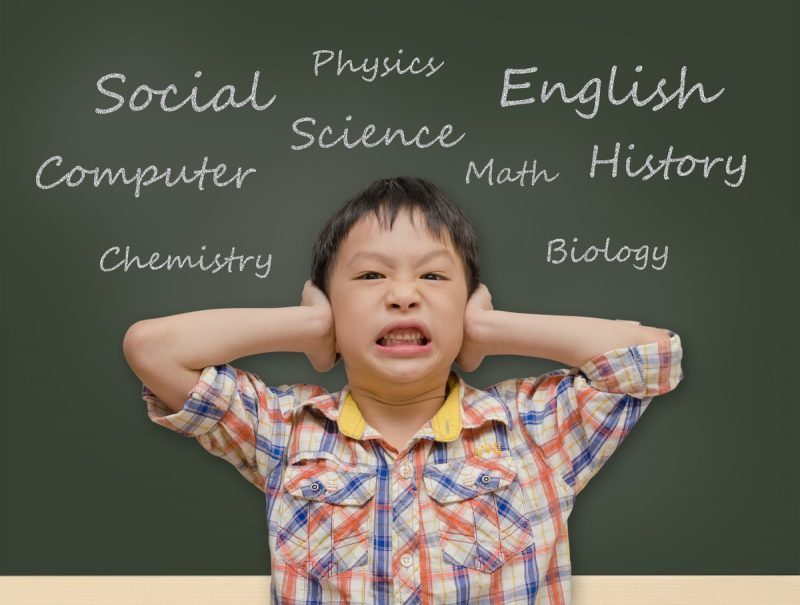More than the ‘Luck of the Irish’: Six Keys to More Effective Transition Planning
Transition from high school for students with disabilities to post secondary education, training and/or employment is a critically important process. As schools, parents, and the students themselves continue to grapple with these important changes, it is important to have a ‘plan for the plan’. It is not luck when a student transitions effectively to the next stage after high school. Students don’t just fall into the next stage of their lives when encountering and managing their continued learning needs. It takes careful planning to provide effective transitions for students with disabilities, especially students who have or should be aspiring to post secondary education. All high school students with disabilities deserve improved outcomes in school that will provide smooth and successful next steps to college, technical schooling and/or a stable, enriching job.
Effective transition supports the student’s high school journey with multiple components that serve to help identify interests and needs, develop a planned course of study that involves outside agencies and the community, and provides the necessary skills for the next step into a successful post secondary and/or work experience. There are key components to effective transition of students with disabilities. The student’s perspective while in high school must be an integral part of the entire transition planning process. Assisting students with disabilities to be as prepared or perhaps even better informed participants in the IEP process than teachers and parents must become a priority. To ensure effective transition planning for and with students who have disabilities, teams need to focus on six key components.
Element 1: Work with students to help them understand the nature of their disability and the impact of the disability on their school and daily life. Understanding the disability is important for students and the cornerstone of the foundation of self advocacy and self determination. Share the psychological report, the language evaluation, the occupational assessment, and other performance measures with all adult team members of the IEP team. Ensure that parents are well informed participants as well. Consider:
- Where do we specifically include the student in a thorough and perhaps ongoing understanding of their unique strengths, weaknesses, and impact of the disability(ies) on learning, communication, social interaction, and more?
- When and how do we communicate regularly with the student that their abilities are strong but the manner in which they make sense of learning is different?
- When do we say that different is OK?
- Where and how do we regularly encourage the student to believe in themselves and that the “sky’s the limit”?
Element 2 : Include students with disabilities more actively in their IEP meetings. Student participation in the IEP is essential for the student to allow for and practice their own self advocacy. The self awareness that comes from the student’s understanding of their disability in clear terms with help from the school psychologist and perhaps teachers well versed in communicating this information can be empowering for the student. This sharing and communication may take time to be sure, over even years perhaps, but can only grow the student’s understanding and hopefully ability to not only communicate their needs but help match needed supports and accommodations.
Element 3 : Conduct thorough and ongoing assessments for use in the transition planning process. Assessment beginning in 8th grade and continuing through high school in areas of interest, skills, academic performance, daily living skills, and more can be essential to identify and update the student’s areas of focus for transition planning.
Element 4 : Use backwards planning for the student’s 4-year high school plan. Backwards planning is crucial to making sure coursework is appropriate, well sequenced, and includes a career focus over the four-year (or more) span of high school. Use resources, such as the Transition Planning Worksheet by Responsive Instruction LLC, to ensure that all of the key transition components are addressed and distributed throughout the student’s 4+ year high school experience providing positive high school to post secondary education transition outcomes.
Element 5: Align and use resources outside of the school to assist in the transition experience. Outside agencies, community resources, local colleges, vocational rehabilitation, and more can provide both useful and practical experiences like apprenticeships, work study, dual enrollment, on the job training, and other facilitated experiences for the student with disabilities. Parents, teachers, college support staff, local businesses, and parents can all be vital participants in the student’s transition learning experiences. Getting outside of the four walls of the school setting is essential to continue to build personalized and important experiences for students with disabilities.
Element 6 : Ensure that essential skills needed for the student to be successful both inside and out of the school building are a focus of instruction during the secondary school years. These skills include reading, math, and written expression but go beyond these foundational academic skills. Weaknesses in areas of importance, such as self regulation, social interaction, social communication, and various executive functioning skills, are absolutely essential to student success inside and especially outside of the school setting. Skills learned in isolation must be practiced in more real life settings in order to generalize critical ‘life skills’. The self-awareness (Element 1) in understanding the nature of the disability, the impact of the disability on a student’s learning and life, and the student’s ability to effectively communicate and navigate life culminates with each of the key elements discussed here.
It’s more than the ‘luck of the Irish’ for teachers, parents and support staff to provide an appropriate education to students with disabilities. Without effective transition planning, our efforts may still fall short. Only when the student is well prepared to meet the demands of post high school life , with a special focus and laser attention to effective transition planning, can we be satisfied in our efforts.







